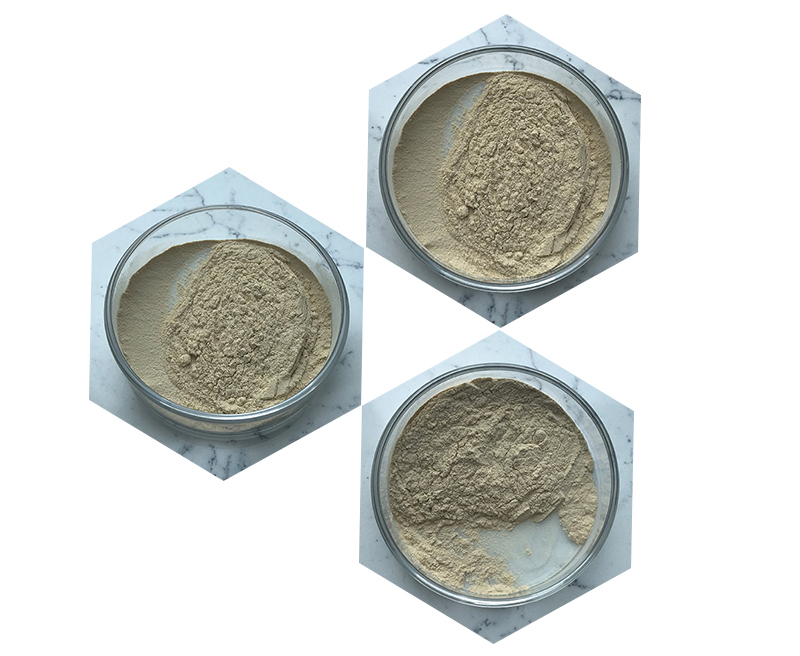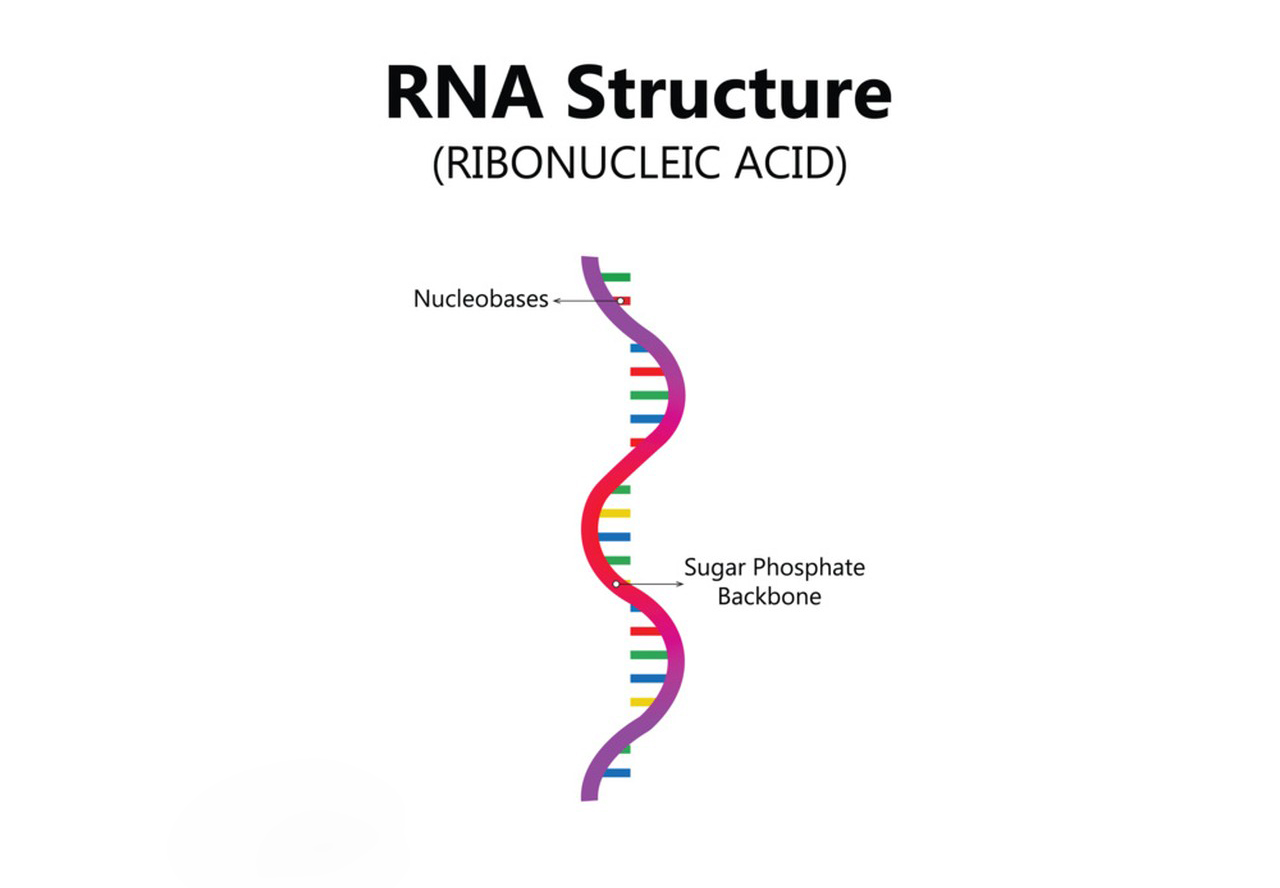Basic component of Ribonucleic Acid, or RNA, is the nucleotide. A nucleotide is composed of three main parts:
Sugar: In the case of Ribonucleic acid, the sugar is ribose, which gives Ribonucleic acid its name.
Phosphate group: This is a phosphate molecule attached to the sugar.
Nitrogenous base: Ribonucleic acid contains four different nitrogenous bases: adenine (A), uracil (U), cytosine (C), and guanine (G). These bases are responsible for encoding genetic information and determining the sequence of Ribonucleic acid.
Ribonucleic acid is a polymer made up of these nucleotide units linked together through the phosphate groups, forming a single-stranded chain. It plays a crucial role in various biological processes, including protein synthesis and gene expression.

Application of Ribonucleic Acid
Ribonucleic acid, or RNA, is a crucial molecule in biology with various important functions in cells and organisms. Here are some key applications of Ribonucleic acid:
Genetic Information Transfer: Ribonucleic acid plays a fundamental role in the transfer of genetic information. Messenger RNA (mRNA) carries the genetic code from DNA in the cell nucleus to the ribosomes in the cytoplasm, where it is used to synthesize proteins in a process known as translation.
Protein Synthesis: As mentioned, mRNA is involved in protein synthesis. Transfer RNA (tRNA) and ribosomal RNA (rRNA) are also essential for protein synthesis. tRNA brings amino acids to the ribosome, and rRNA is a structural component of the ribosome itself.
Gene Expression Regulation: Various types of non-coding RNAs, such as microRNAs (miRNAs) and small interfering RNAs (siRNAs), are involved in regulating gene expression. They can bind to mRNA, preventing its translation or leading to its degradation. This is a key mechanism in controlling which genes are active in a cell.
Viral Replication and Defense: Ribonucleic acid is a central component in the replication of Ribonucleic acid viruses like HIV, influenza, and SARS-CoV-2. Additionally, cells can use Ribonucleic acid interference (RNAi) as a defense mechanism against viral Ribonucleic acid.
Genetic Research: Ribonucleic acid interference has become a powerful tool in genetic research. Scientists can use small Ribonucleic acid molecules to “silence” or inhibit the expression of specific genes, allowing them to study gene function and develop potential therapies for genetic diseases.
Vaccine Development: In recent years, RNA-based vaccines, such as the mRNA vaccines developed for COVID-19 (Pfizer-BioNTech and Moderna), have gained widespread attention. These vaccines use synthetic mRNA to instruct cells to produce a harmless piece of the virus to stimulate an immune response, thereby providing protection against the actual virus.

Diagnostics: Ribonucleic acid can be used for diagnostic purposes. Techniques like reverse transcription-polymerase chain reaction (RT-PCR) and Ribonucleic acid sequencing are used to detect and analyze Ribonucleic acid molecules in samples, enabling the diagnosis of various diseases, including infectious diseases and cancers.
Stem Cell Research: Ribonucleic acid plays a role in the regulation of stem cell differentiation and development. Understanding these processes can have important implications for regenerative medicine and tissue engineering.
Biotechnology: Ribonucleic acid can be engineered for various biotechnological applications. For example, synthetic Ribonucleic acid molecules can be designed to have specific functions, such as controlling the expression of genes in genetically modified organisms or regulating metabolic pathways in bioprocessing.
Drug Development: RNA-based therapies, including Ribonucleic acid interference and Ribonucleic acid aptamers, are being explored for the development of novel pharmaceuticals to treat various diseases, including genetic disorders and cancer.
The application of Ribonucleic acid continues to expand as our understanding of its functions and potential utility in various fields of science and medicine grows.
